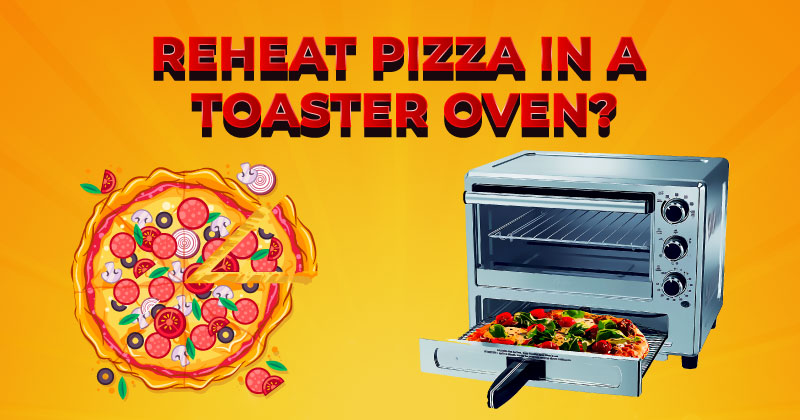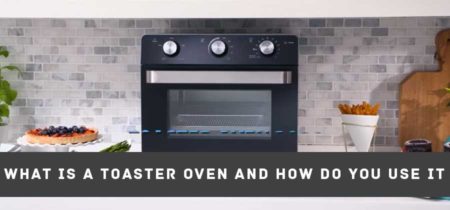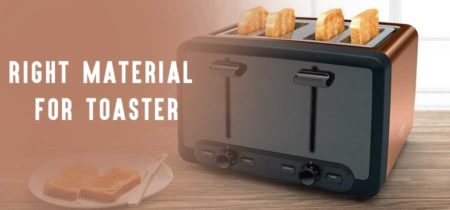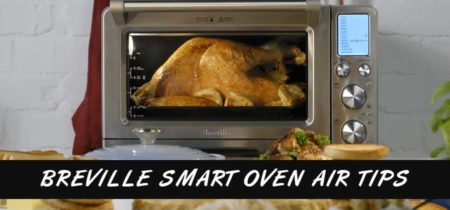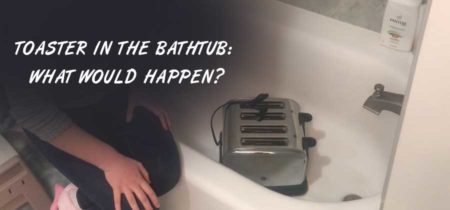If you deem eating reheated pizza out of a toaster oven humiliating, you have some unlearning to do. In this day and age, where fresh foods and hot meals are a privilege afforded to a select few—precluding even college students with stable jobs—some nutrition is better than no nutrition. Thus, leftover culture is not inherently bad, despite what dieticians have to say about it—especially with the previously mentioned food insecurity on the rise. Besides, to misquote Jane Austen: It is a truth universally acknowledged that reheated pizza, of all things, is a force to be reckoned with.
Sermonizing aside, some people—you being one of them since you are here—miss out on the luxury of eating leftover toaster oven pizza because they cannot work a toaster oven. If your late-night pizza pigouts are subject to this particular problem, then you are in the right hands.
Continue reading to find out how to transform the previous night’s sloppy pizza into a delectably toasty meal—using nothing but your workaday toaster oven.
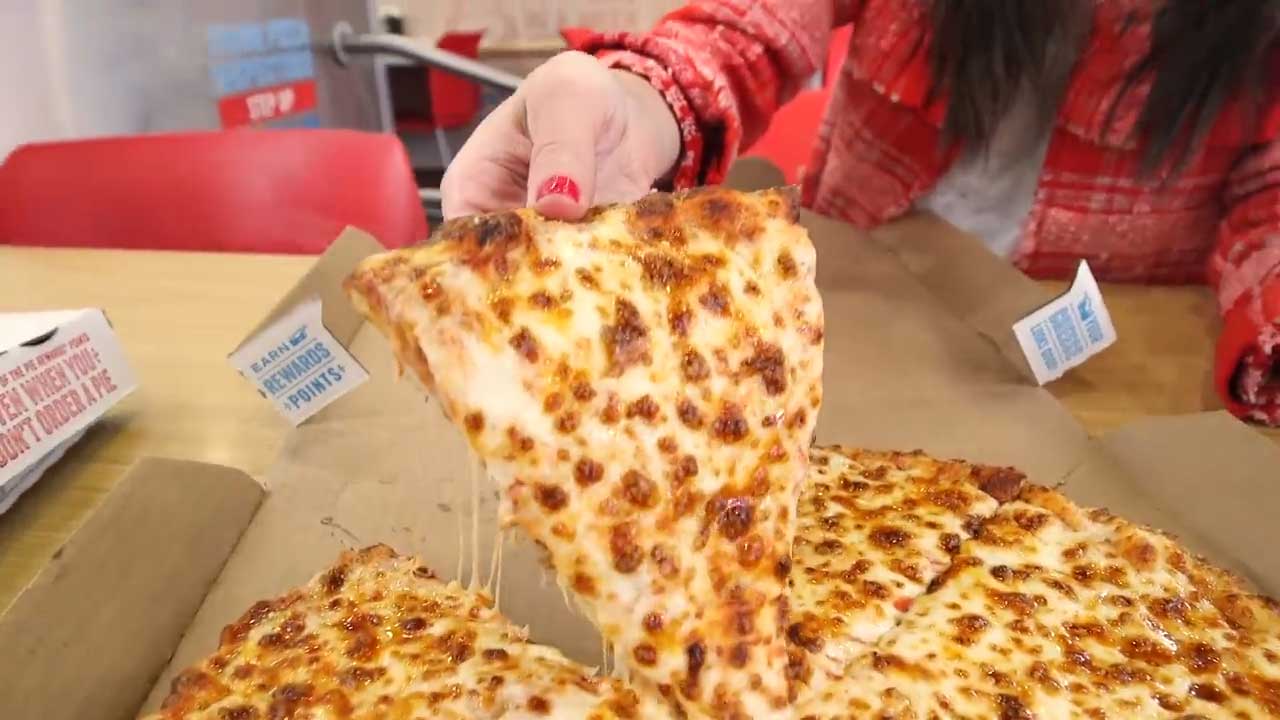
The Ultimate Guide to Reheating Pizza in a Toaster Oven
Pans or Racks?
Depending on how you like your crust, you can either place the pizza directly on a pan or use the rack that comes latched to the sheet pan; where the first method will help the crust retain its crispiness, the second one will leave you with softer crusts.
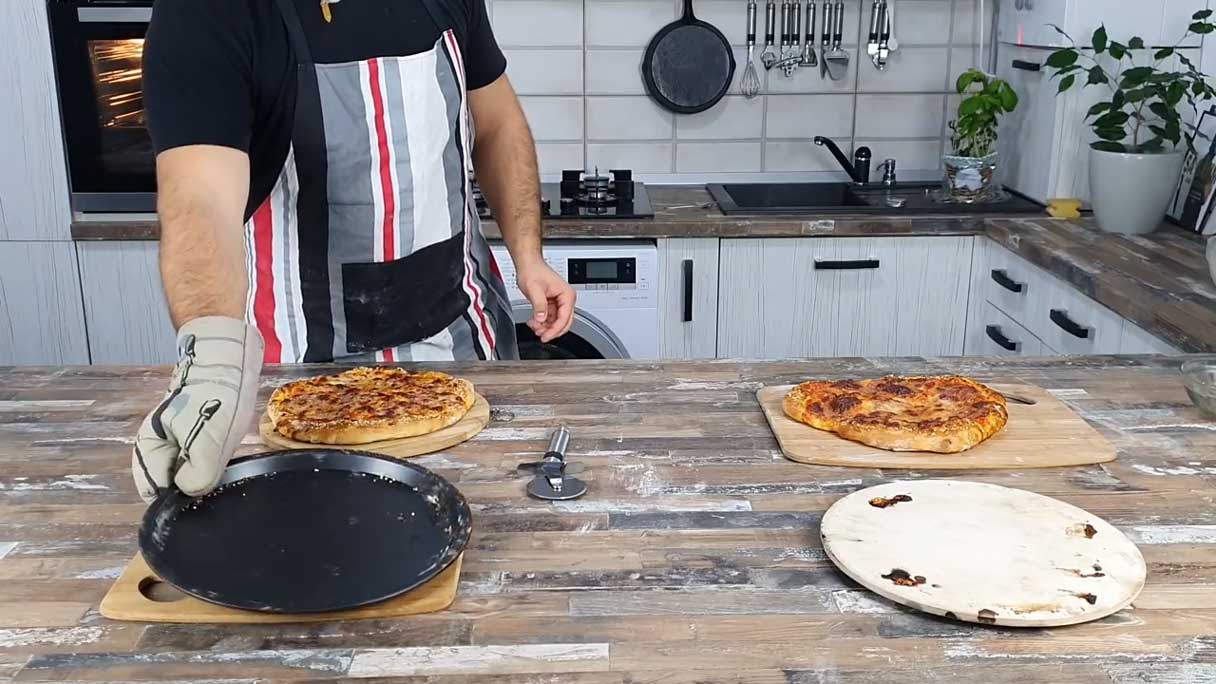
Positioning the Racks
Your next step is to find the optimal rack placement—i.e., either the middle or the lower position.
The Optimal Temperature
Since temperature can kill-or-cure the flavors, the third step is crucial to how your pizza will turn out. First things first, you do not need to preheat the oven unless you want your pizza to dry out. Simply select any of the three likely available functions—viz. Leftovers, Reheat, or Bake—and set the temperature to 325 degrees Fahrenheit (163 degrees Celsius). If you have a convection oven—or in layman’s terms, an oven with a fan—then remember to leave the fan on.
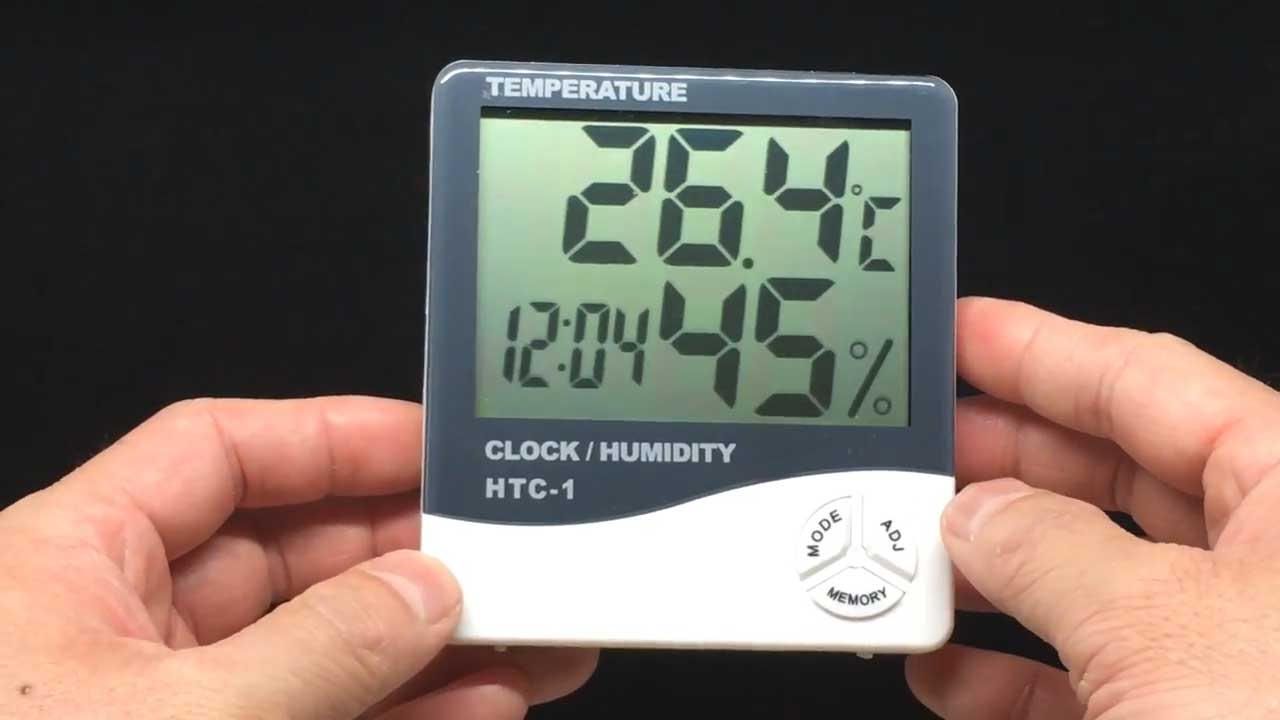
Pop that Baby in
Put your pizza in the oven and sit back and relax for 7 to 8 minutes. Once it is ready, carefully remove it and let it cool down a little before you dig in.
Why not just microwave?
We have a feeling that this question has crossed your mind over the past couple of minutes. The answer—or rather the problem—lies in the sogginess. If you can stomach a soggy texture, you are welcome to microwave your pizzas.
Furthermore, a microwave oven only makes sense when you are trying to heat a single slice. Because if a slice is all you have or need, then using a toaster oven may be a little wasteful.
A Handful of Tips on Reheating Pizza
- To avoid burning your pizza to a cinder, check your pizza after 3 or 4 minutes. Charring is a tell-tale sign for you to dial back on the temperature.
- No two ovens are alike; thus, fish out your manual to learn how best to reheat foods.
- You can lightly coat the cheese with water to help it regain its gumminess.
- The melting cheese signals readiness. Prepare to feast!
- We agree that hunger can be maddening, but please do not forget to use tongs or mitts while removing your pizza. If you get minor burns, stick your hand under cold water for 15 minutes.
- Some leftover pizza connoisseurs also recommend slathering the pizza with some fresh pizza sauce before reheating. You can take it a step further and redo the toppings as well.

A Word of Caution
Firstly, where it is perfectly alright to eat leftovers, be wary of reheating potatoes or spinach. Certain foods do not take well to reheating; therefore, take inventory of your toppings if you want to avoid getting a stomach bug.
Secondly, this is quite a no-brainer, but do not put the pizza box in an oven under any circumstances. Thankfully—for certain lazy people—most toaster ovens do not fit pizza boxes.
Thirdly, despite what your cravings and budget might tell you, sometimes it is better to chuck the pizza out. Anything older than two days is a sure-fire way to contract a food-borne illness.
FAQs
Why can we not use a skillet?
You can! Skillets are possibly the best way to reheat pizzas. But you need to have a skillet in the first place—which most dormitories do not permit. If you are a student, then an oven or a microwave is definitely what helps keep your leftover culture alive. Ovens are, moreover, quicker than skillets over an open flame.
Why should I keep the convection fan on?
The convection fan cyclically blows the air—round and round—around the food, which: a) helps it heat faster and; b) makes it evenly warm. Unfortunately, not every oven comes equipped with a convection fan.
How is a toaster oven different from a regular oven?
The primary difference is in the space they take up. While you can accommodate a toaster oven in your dorm room or one-bedroom apartment, you cannot fit a conventional oven into either. Moreover, toaster ovens do the job ten times faster than a traditional oven would with all its requisites.
The Final Verdict
Nothing beats leftover pizza as a struggle meal. But now that you know how to reheat it using a toaster oven, you can restore this struggle meal to its former fresh glory. Just keep track of the temperature and health concerns, and you are good to go.
Nonetheless, being able to reinstate leftovers to their earlier freshness is not an excuse for you to ignore the myriad health problems that might accrue from only eating fast foods—and reheated ones at that. Remember not to go overboard with your reheating sprees, and try to incorporate as many healthy and actually fresh foods into your diet as possible.
Briefly, your cravings will sustain you from time to time, but a healthy body will aid you for a lifetime. Thus reheat and eat safely.
{"@context":"https://schema.org","@type":"FAQPage","mainEntity":[{"@type":"Question","name":"Why can we not use a skillet?","acceptedAnswer":{"@type":"Answer","text":"You can! Skillets are possibly the best way to reheat pizzas. But you need to have a skillet in the first place—which most dormitories do not permit. If you are a student, then an oven or a microwave is definitely what helps keep your leftover culture alive. Ovens are, moreover, quicker than skillets over an open flame"}},{"@type":"Question","name":"Why should I keep the convection fan on?","acceptedAnswer":{"@type":"Answer","text":"The convection fan cyclically blows the air—round and round—around the food, which: a) helps it heat faster and; b) makes it evenly warm. Unfortunately, not every oven comes equipped with a convection fan."}},{"@type":"Question","name":"How is a toaster oven different from a regular oven?","acceptedAnswer":{"@type":"Answer","text":"The primary difference is in the space they take up. While you can accommodate a toaster oven in your dorm room or one-bedroom apartment, you cannot fit a conventional oven into either. Moreover, toaster ovens do the job ten times faster than a traditional oven would with all its requisites."}}]}
Recommended reading:

